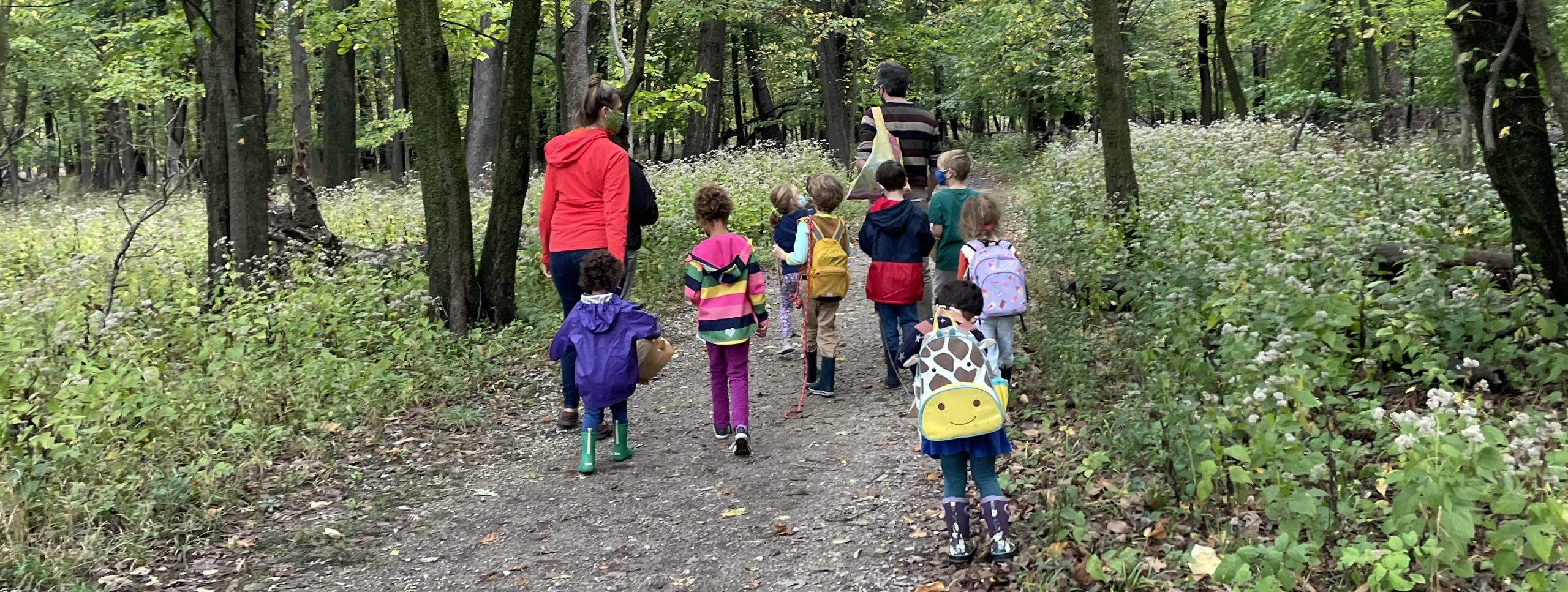The previous week we talked about natural selection, and this past week we discussed a strategy that often arises out of natural selection: cooperation!
First I lined them up on a clothesline and asked them to — while keeping their feet on the clothesline — reverse their order, such that the leftmost kid ended up on the right. This was very silly, especially in the beginning, but by the end they got rather good at it. We talked about how important cooperation was to the task.
Next we came to the subject of cicadas. We discussed our general opinions of them and did impressions. I claimed that cicadas discovered prime numbers; this was met with skepticism. I gave them cards with numbers (2, 3, 4, etc.) and multiples of those numbers (for instance, 3’s card had 6, 9, 12, 15, and 18). I counted up from 2, asking them to shout out if my number appeared as a multiple on their card. A few numbers were met with silence… I told them that these were prime numbers, and that cicadas use prime numbers to outwit their predators.
If a group of cicadas came out every summer, I asked, how would they fare? The predators would expect them, we said, and eat them. So some broods of cicadas cooperate to surprise their predators by coming out every few years. Broods that “chose” a prime number period have an advantage, because their predators can’t reliably “follow” them.
I split them into 13-year and 17-year cicadas; each group secretly picked a year from 1-10 for their cicada party, and pretended to sleep until then. Each adult (there were four of us) was a predator, who would wake up every X years — we chose 3, 5, 7, and 10. I started counting. Predators would often wake up and not have any cicadas to eat. When I reached their secret number, each cicada group would wake up and have a cicada party (i.e., run around the field). If a predator did happen to wake up, there would be too many cicadas for it to eat! Then they’d “sleep” again, for their period of 13 or 17 years.
Finally we talked about other cooperating animals (wolves, penguins, ants, Canada geese) and how they cooperate (hunting in packs, huddling, dividing labor, flying in a V). We ran out of time before I could bring up interspecies cooperation, like bees and flowers or hosts and parasites.
Special thanks to my team of predators! Tessa was terrific, and Brigit’s use of her arms as a giant crocodile mouth was a stroke of genius 😉

